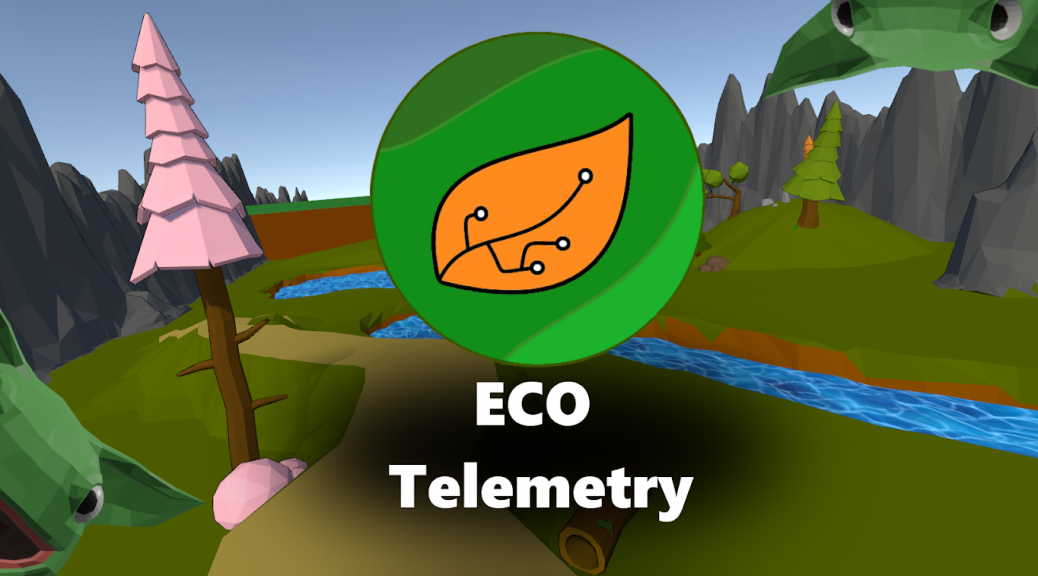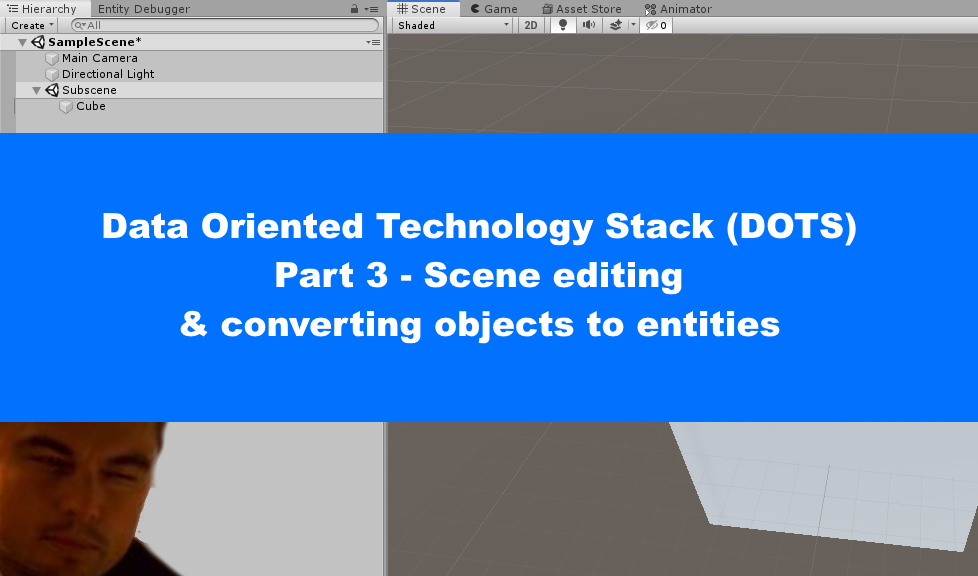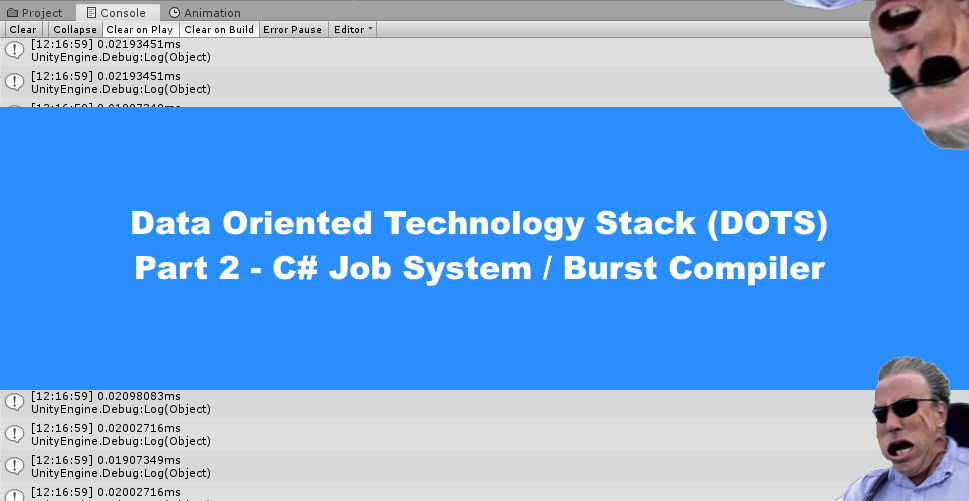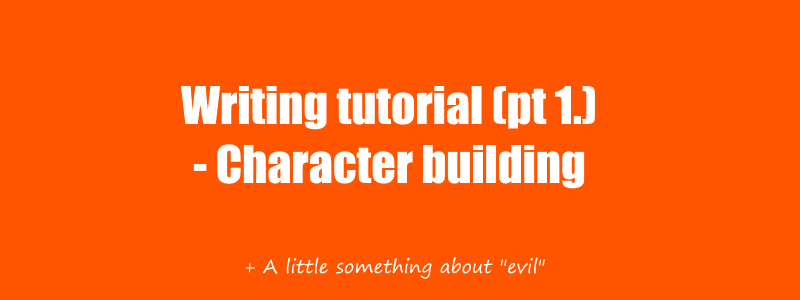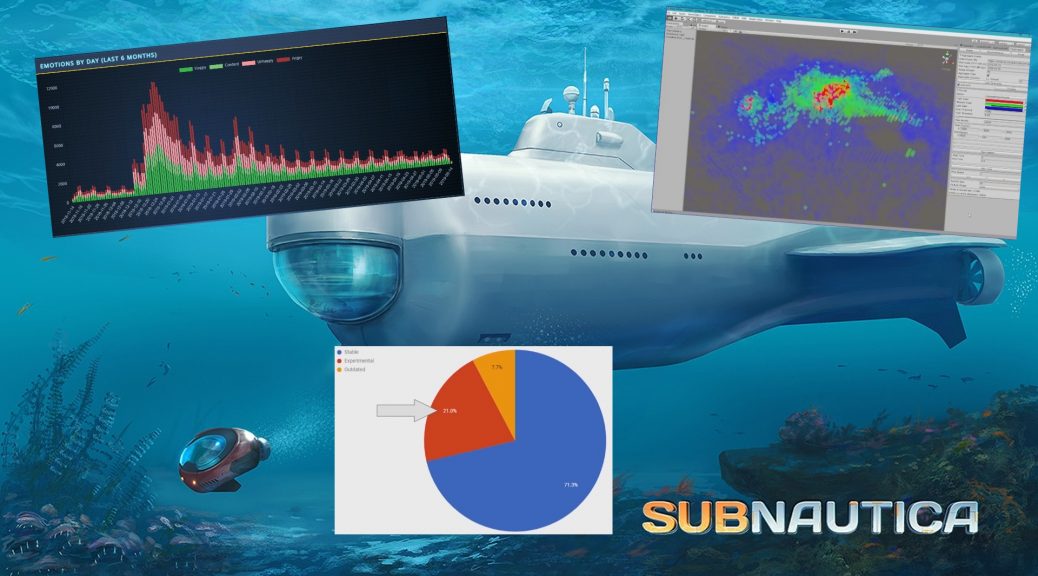Community & Marketing for Early Access
Doing Early Access for your game can be a daunting process. However, the phenomenon is not new and that thankfully means that we can analyze what others have done, to better understand what we can do ourselves. The goal is not to make a “one size fits all” solution but rather a set of tools, each of which can be deployed individually or in combination, depending on what fits your production and personal preferences. In order to make this list…

